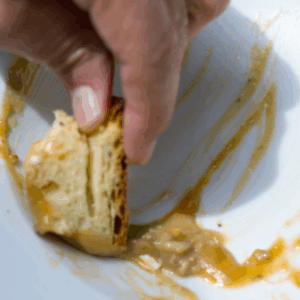Would you like to know what are the most challenging Italian verbs? Why do Italians conjugate certain verbs as they do?
Here we share with you the main information you need to be aware of when it comes to the logic behind the verb forms of essere, andare, avere, dovere, dire, venire, and fare.
The most challenging verbs to conjugate are some of the most common verbs in the Italian language. In this article, you will learn what to pay attention to when using the so-called ”irregular” verbs in Italian.
1. Introduction
Italian, with its melodic tones and expressive vocabulary, is a language that must have captured your heart as a language learner.
However, beneath the surface of its linguistic beauty lie certain verbs that pose a formidable challenge to your attempts to navigate the intricate terrain of Italian conjugation.
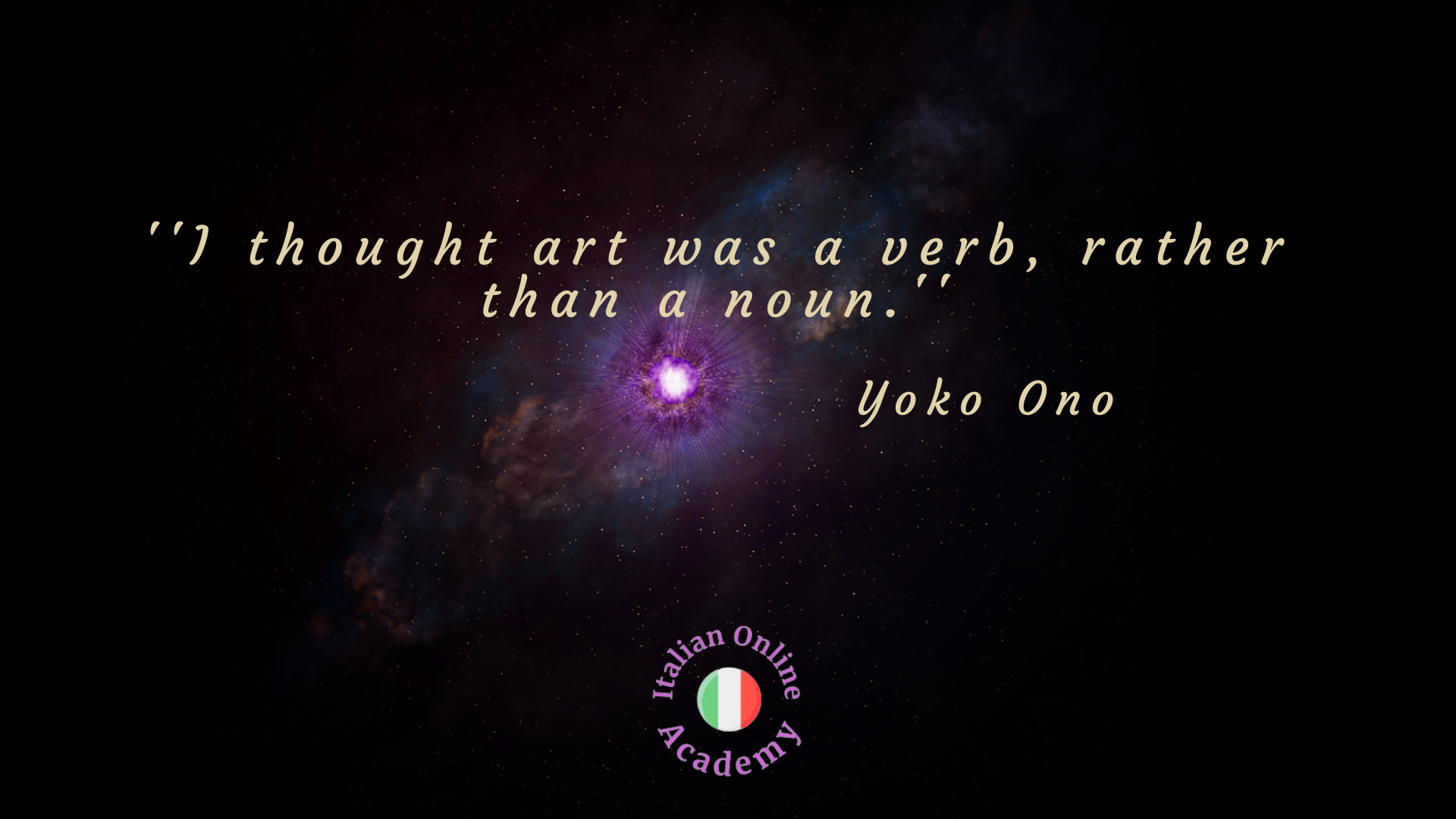
In this linguistic labyrinth, we explore some of the most difficult Italian verbs to conjugate, unraveling the irregularities that make them your formidable adversary! 😉
Have you ever wondered why Italians say ”io sono”, ”tu vai”, ”lui ha”, ”lei ha dovuto”, ”noi abbiamo detto”, ”voi verreste”, ”loro farebbero” etc.?
Here we answer these questions for you!
2. Essere (to be)
”Essere” reigns supreme as the monarch of complexity in Italian conjugation. This verb is irregular in nearly every tense and mode, defying the conventional patterns that often guide learners like yourself. From the present indicative to the conditional, “essere” demands your meticulous attention to its unique forms, making it a true linguistic hurdle.
Latin roots:
The Italian verb “essere,” meaning “to be“, has a rich linguistic history that traces its roots back to Latin. Understanding the origin of “essere” sheds light on its irregular forms in the Italian language and helps you understand them.
The verb “essere” in Italian finds its origin in the Latin verb “esse“, which also means “to be“. The conjugation of “esse” in Latin had irregular forms, and these irregularities were inherited by its descendants, including Italian.
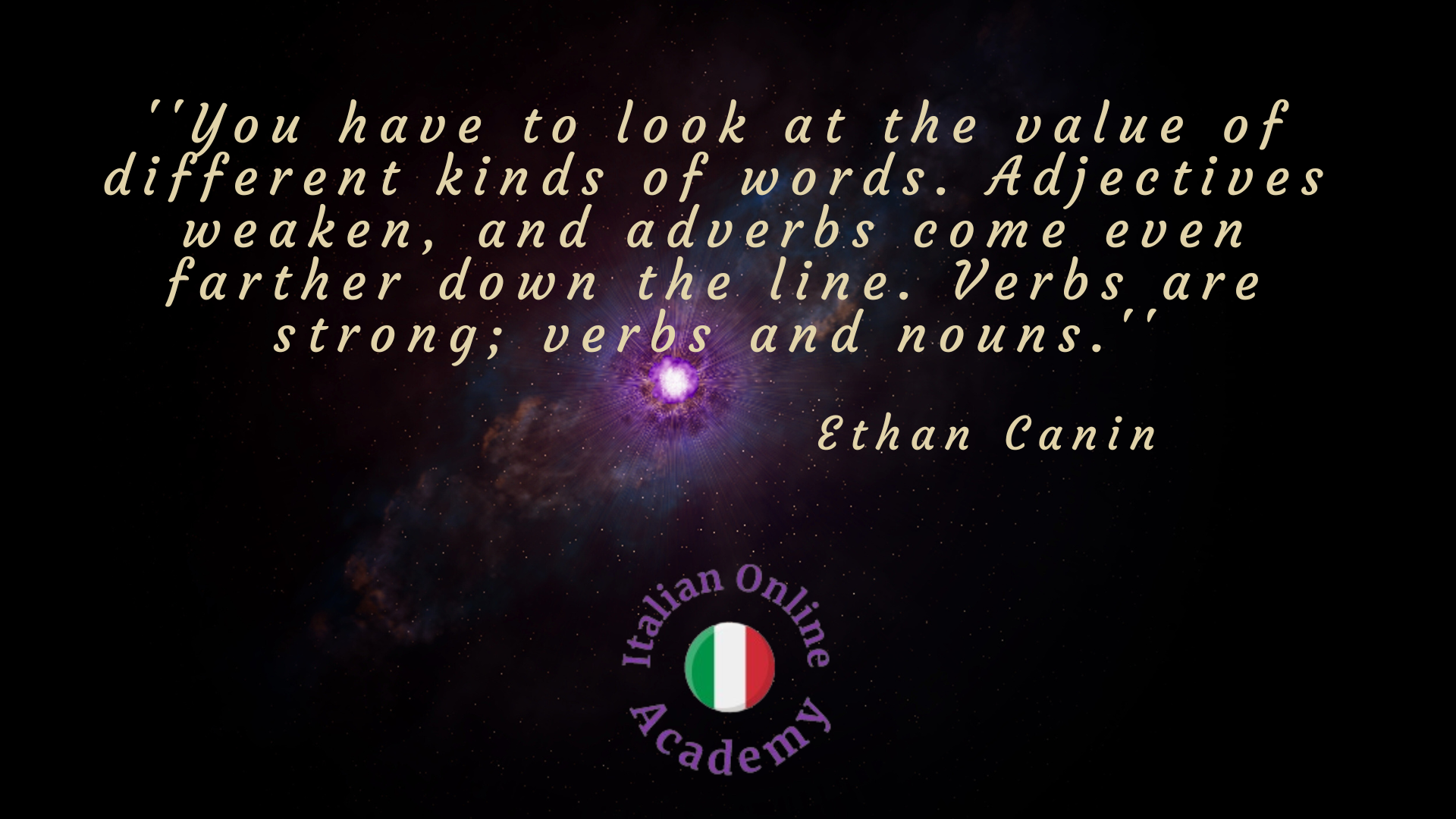
Irregular conjugations:
In the present indicative, “essere” takes irregular forms such as “sono,” “sei,” and “è” for the first, second, and third person respectively. This irregularity challenges learners to deviate from the standard -ere verb conjugation rules and requires your focused attention during practice.
The subjunctive mode introduces additional complexities, with “essere” maintaining irregular stems in forms like “sia,” “sia,” and “siano“. This irregularity adds a layer of challenge for learners aiming to express doubt, desire, or uncertainty.
Navigating the conditional tense with “essere” further tests you. Irregular forms like “sarei,” “saresti,” and “sarebbe” deviate from the regular conditional conjugations, demanding precision and a dedicated effort to internalize these unique patterns.
The irregular forms of “essere” in Italian are, in part, a testament to the historical journey of the language. Over centuries, as Italian evolved from its Latin roots, irregularities persisted, contributing to the unique character of the language.
The verb ”essere” is irregular in present indicative, imperfect indicative, future indicative, conditional, subjunctive, imperative, past participle, and gerund.
Approaching the challenge:
Conjugating the Italian verb “essere” may pose difficulties, but with persistence and strategic learning, you can master its irregularities. Embrace the challenge, leverage the available resources, and soon you’ll find yourself navigating the linguistic landscape with confidence.
Conquering “essere” is not just about conjugation. It’s a journey towards your Italian language proficiency! 😊
3. Andare (to go)
Embarking on the journey to master the most challenging Italian verbs presents a rewarding yet challenging endeavor. Among the verbs that will captivate you, “andare” (to go) stands out. Its significance in daily communication makes conquering its conjugations essential for everyone aiming to navigate the Italian linguistic landscape.
Latin roots:
The Italian verb “andare,” meaning “to go“, has its roots in Latin. You can track back its irregular forms to the evolution of the Italian language. While the act of going might seem straightforward, “andare” introduces irregularities that can confound you.
More specifically, you can trace the origin of “andare” to the Latin verb “ambulare,” which also means “to go” or “to walk.” As Latin evolved into the Romance languages, including Italian, changes in pronunciation, morphology, and usage occurred, giving rise to the distinct verb “andare” in Italian.

Irregular conjugations:
Its unpredictable conjugation patterns, particularly in the present tense, challenge the expectations set by regular -are verbs, requiring from you to memorize its deviations.
In the present indicative, for example, the forms “vado” (I go), “vai” (you go), and “va” (he/she goes) deviate from the regular -are verb conjugation patterns observed by many other Italian verbs.
These irregularities persist in other tenses and modes, such as imperfect indicative, future indicative, conditional, subjunctive, and imperative.
Approaching the challenge:
“Andare” is a fundamental verb in Italian. The native speakers use it to express movement, actions, and even emotional states. As Latin evolved into Italian, irregularities in verb conjugation were retained, giving “andare” its distinct forms. Its irregularities contribute to the uniqueness of the language and offer you a glimpse into the historical development of Italian verbs.
Conjugating the Italian verb “andare” may pose challenges, but with dedication, practice, and the right learning tools, these difficulties can transform into opportunities for language growth. Mastering this essential verb is not just about conjugation. It’s a step towards unlocking the fluidity and expressiveness of the Italian language.
4. Avere (to have)
“Avere” may signify possession, but it also possesses irregularities that challenge learners like yourself.
Latin roots:
Understanding the historical context of its evolution from Latin to Italian sheds light on the irregular forms it exhibits.
The Italian verb “avere“, meaning “to have“, has its origins in Latin, much like many other Italian verbs, specifically the verb “habere“, which has the same meaning as the current Italian verb ”avere” (“to have” or “to hold“).
In Latin, “habere” was a versatile verb with various uses, and it was inherited by Romance languages, including Italian. As Latin evolved into the Romance languages, linguistic changes occurred retaining irregularities in verb conjugation.

Irregular conjugations:
In the present indicative, the forms “ho“, “hai“, and “ha” break away from the standard -ere verb patterns, requiring from you to grapple with unexpected changes.
Besides the present indicative, the verb ”avere” is irregular in imperfect indicative, future indicative, conditional, subjunctive, and imperative.
Approaching the challenge:
“Avere” is an essential verb in Italian, with meanings extending beyond possession. It is used in various contexts, including expressing age, physical sensations, and more. The irregularities add nuance to its usage, capturing subtle shades of meaning that might not be conveyed by regular verbs.
To solidify your understanding, immerse yourself in practical applications. Reading Italian literature, engaging in conversations with native speakers, and practicing real-life scenarios can help you reinforce the correct usage of “avere” and other most challenging Italian verbs in diverse contexts.
5. Dovere (to have to, must)
The Italian verb “dovere,” meaning “must” or “to have to,” also has its origins in Latin.”Dovere” adds a layer of complexity to expressing obligation.
Latin roots:
To be more precise, the verb “dovere” finds its origin in the Latin verb “debere,” which means “to owe” or “to be obliged to“. In Latin, “debere” was a versatile verb, used not only in the sense of owing a debt but also in the broader sense of duty or necessity.
As Latin evolved into the Romance languages, including Italian, the verb “debere” transformed, giving rise to the Italian verb “dovere“.

Irregular conjugations:
While some verbs in Italian followed regular conjugation patterns, others, like “dovere“, retained irregularities inherited from their Latin ancestors.
We can observe the irregular forms of “dovere” across various tenses and modes. Unlike regular verbs that follow predictable patterns, “dovere” introduces unique deviations, demanding focused attention, and strategic learning.
Irregularities in the present indicative (“devo“, “devi“, “deve“) and conditional (“dovrei“, “dovresti“, “dovrebbe“) test the resilience of learners navigating the intricate conjugation landscape.
The verb ”dovere” is irregular in present indicative, imperfect indicative, future indicative, conditional, subjunctive, and imperative.
Approaching the challenge:
“Dovere” is a crucial verb in Italian, expressing obligation, necessity, or moral duty. Its irregularities contribute to the nuanced ways in which Italians express the concept of obligation, allowing for a more subtle and expressive use of language.
6. Dire (to say, to tell)
The Italian verb “dire” means “to say” or “to tell”. Communication should be straightforward, but “dire” introduces irregularities that complicate conjugation, emerging as a formidable puzzle.
Latin roots:
You can find the origin of “dire” in the Latin verb “dicere“, which also means “to say” or “to speak.” In Latin, “dicere” was a versatile verb used in various contexts, including communication, narration, and command.
As Latin evolved into the Romance languages the verb “dicere” transformed, giving rise to the Italian verb “dire“.
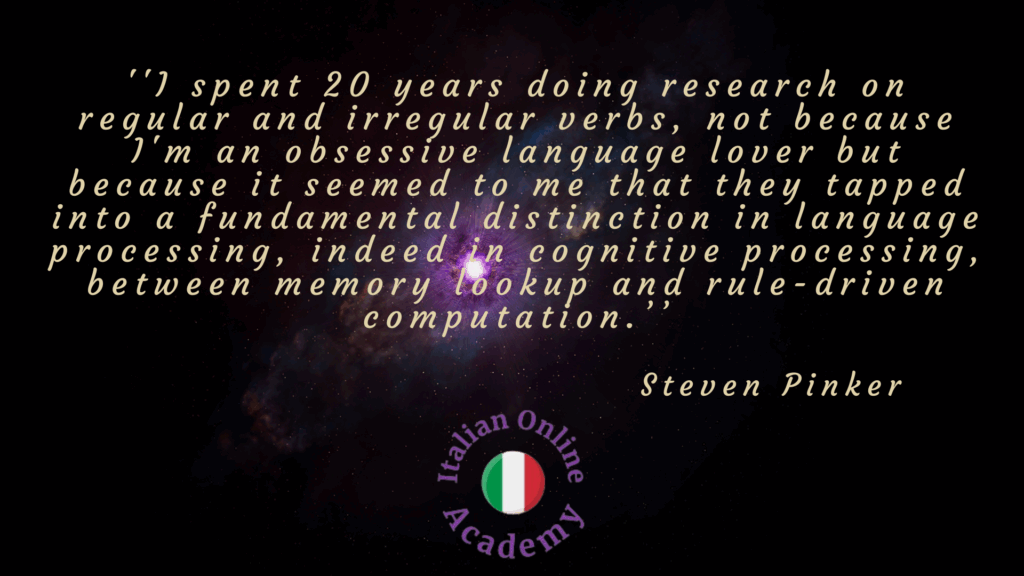
Irregular conjugations:
While some verbs in Italian follow regular conjugation patterns, others, like “dire” retained irregularities inherited from Latin.
Irregular forms in the present indicative (“dico“, “dici“, “dice“) will challenge you to adapt to unexpected changes. You will notice that they deviate from the regular -ire verb conjugation patterns followed by many other Italian verbs.
These irregularities persist in other tenses and modes. In the past participle, for instance, “detto” is also an irregular form that follows a unique conjugation pattern compared to regular -ire verbs.
These irregularities persist in other tenses and modes, such as imperfect indicative, future indicative, conditional, subjunctive, imperative, and gerund.
Approaching the challenge:
“Dire” is a fundamental verb in Italian, serving as a conduit for communication and expression. Its presence in daily dialogue underscores its significance, making the mastery of its conjugations essential for your effective language proficiency.
The irregular forms of “dire” reflect the linguistic heritage of Italian, showcasing the influence of Latin on the development of the language. Mastering this essential verb is not just about conjugation. It’s a step towards unlocking the depth and expressiveness of the most challenging Italian verbs and the Italian language itself.
7. Venire (to come)
The Italian verb “venire,” means “to come”. The simple act of coming becomes complex when conjugating “venire“.
Latin roots:
Its irregular forms can be traced back to the linguistic evolution from Latin to Italian. The origin of “venire” can be found in the Latin verb “venire“, which also means “to come” or “to arrive“.
As Latin evolved and the Italian language was formed, the verb “venire” transformed, retaining some irregularities.
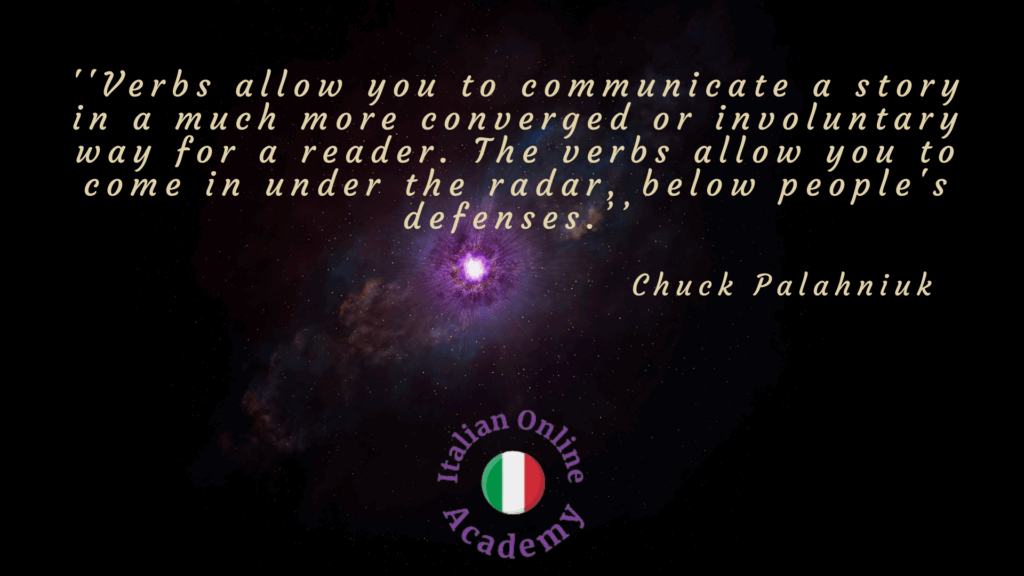
Irregular conjugations:
Irregular forms in the present indicative (“vengo“, “vieni“, “viene“) require learners to tread carefully, deviating from the regular -ire verb patterns.
The primary challenge with “venire” that you’ll encounter is that these irregularities persist in other tenses and modes, including the past participle “venuto“, which follows a unique conjugation pattern compared to regular -ire verbs.
Besides the present indicative and past participle, the verb ”venire” is irregular in imperfect indicative, future indicative, conditional, subjunctive, imperative, and gerund.
Approaching the challenge:
“Venire” is a fundamental verb in Italian, used to express the action of coming or arriving. Its irregularities contribute to the nuanced ways in which Italians convey the concept of movement and presence, allowing for a more expressive use of language. However, these deviations from standard -ire verb conjugation patterns require from you to navigate a distinctive set of challenges during your study.
The transformation from Latin to Italian involved linguistic shifts, including changes in pronunciation, morphology, and usage. While some verbs in Italian follow regular conjugation patterns, others, like “venire“, retained irregularities inherited from their Latin ancestors.
Immersing yourself in Italian conversations, engaging with native speakers, and practicing real-life scenarios can help you reinforce the correct usage of “venire” in diverse contexts.
8. Fare (to do, to make)
The Italian verb “fare” means “to do” or “to make“.
Latin roots:
The origin of “fare” can be found in the Latin verb “facere“, which also means “to do” or “to make“. In Latin, “facere” was a versatile and commonly used verb, encompassing a wide range of actions and activities. Over time, the verb “facere” transformed, giving rise to the Italian verb “fare“.
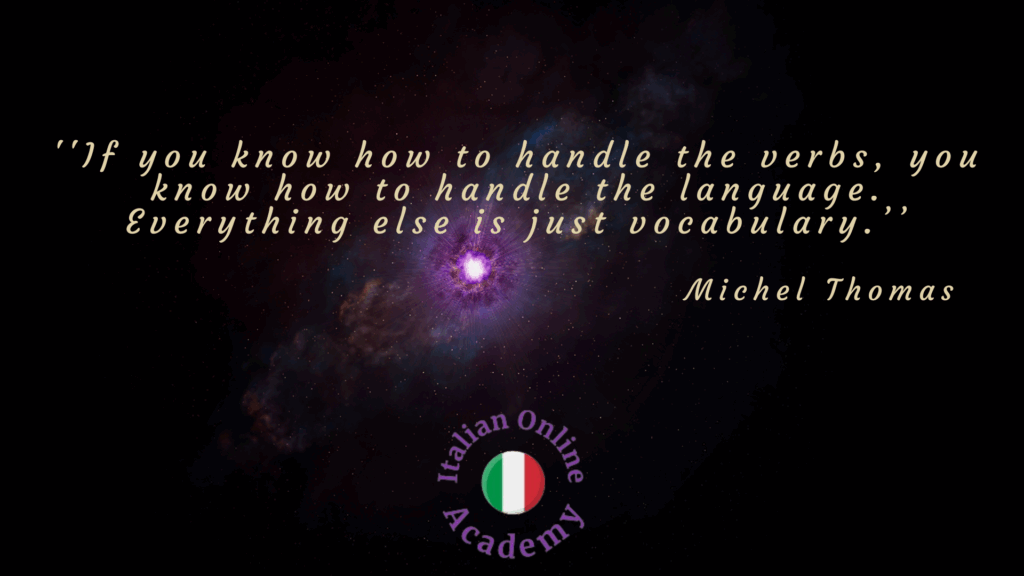
Irregular conjugations:
“Fare” invites learners into the irregularity maze, particularly in the present indicative (“faccio” (I do/make), “fai” (you do/make), “fa” (he/she does/makes)).
These irregularities are visible also in the past participle “fatto“, which follows a unique conjugation pattern compared to regular -are verbs.
The verb ”fare” is irregular in present indicative, imperfect indicative, future indicative, conditional, subjunctive, imperative, past participle, and gerund.
Approaching the challenge:
“Fare” is a fundamental verb in Italian, used to express a wide range of actions, activities, and creative endeavors. Its irregularities contribute to the nuanced ways in which Italians convey the concept of doing or making, allowing for a more expressive use of language.
Embarking on the journey to master the most challenging Italian verbs and their conjugations unveils a linguistic adventure, and within this intricate terrain, the verb “fare” stands as a captivating challenge. The irregular root demands dedicated memorization, presenting a challenge for those accustomed to more predictable conjugations.
8. Conclusion
Embarking on the journey of learning Italian conjugations involves facing these challenging verbs head-on. While they may initially seem to you like formidable foes, persistent practice, exposure to native speakers, and immersion in authentic language contexts can pave the way to conquering the complexities of these verbs.

As you navigate this linguistic labyrinth, you discover not only the intricacies of the most challenging Italian verbs, but also the resilience and determination required to unravel their irregularities.
This article was all about the most challenging verbs to conjugate in the Italian language.
Our recommendations

501 Italian Verbs (Barron’s 501 Verbs)
Discover the key to mastering Italian with this essential guide that offers a comprehensive collection of the most commonly used Italian verbs! The verbs are fully conjugated in all tenses, making it an indispensable resource for learners at any level. Packed with clear explanations, practical examples, and updated content, this edition empowers you to speak, write, and understand Italian with confidence. Whether you’re a beginner or brushing up your skills, let ”501 Italian Verbs” be your go-to companion on the journey to fluency!
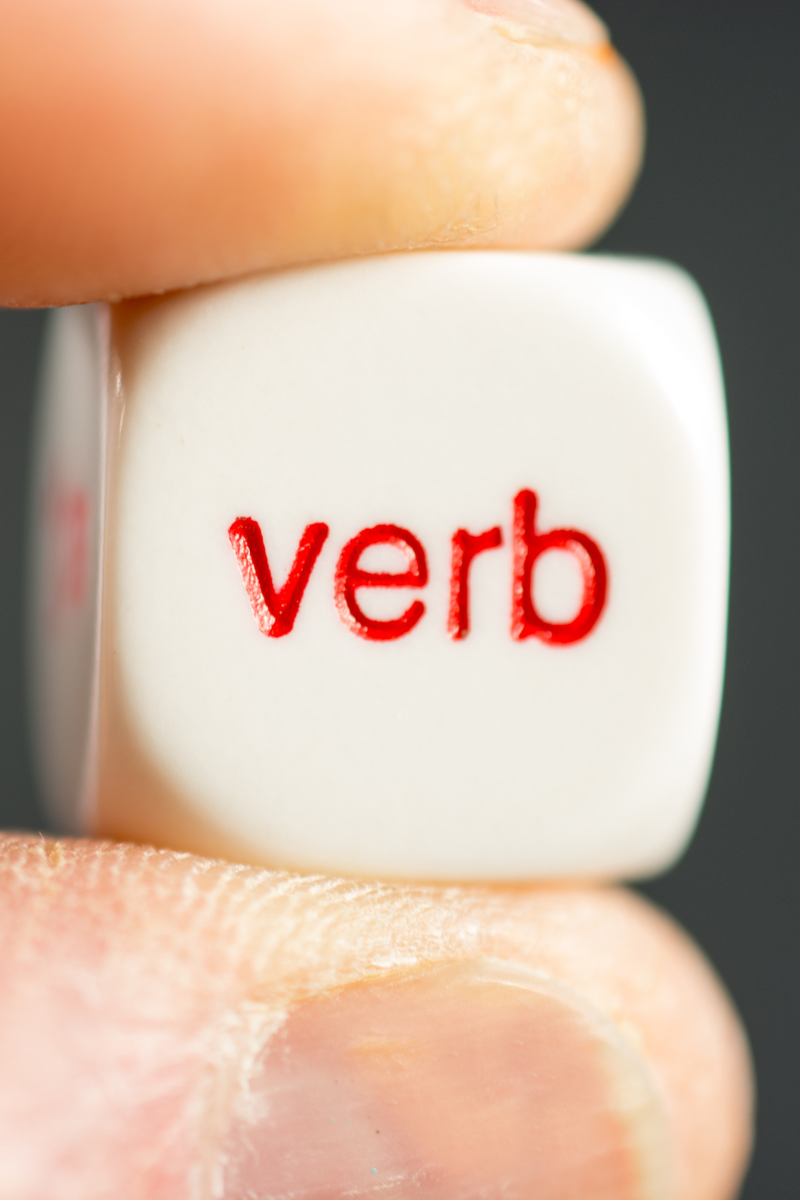
Practice Makes Perfect: Italian Verb Tenses
Looking to master Italian verb tenses? ”Practice Makes Perfect: Italian Verb Tenses, Premium” is your guide! This user-friendly workbook offers clear explanations, practical examples, and a variety of exercises to help you confidently navigate Italian grammar. The step-by-step approach and premium features—like online resources—make learning engaging and effective. Perfect for self-study or supplementing a course, this book will have you conjugating verbs like a pro in no time!

Master Italian verbs with this comprehensive, updated workbook, perfect for learners at all levels, offering a clear, engaging approach to understanding verb tenses and modes. Packed with concise tables, diverse exercises, and stimulating activities, it guides you step-by-step toward fluency. Plus, with new audio resources accessible via QR codes, you can refine your pronunciation and listening skills. Whether you’re a beginner or an advanced student, this book is your key to unlocking the power of Italian verbs!

200 Verbi Italiani: I verbi più usati della lingua italiana
Unlock the power of Italian with this essential guide that dives into the 200 most commonly used Italian verbs, offering clear conjugations and practical insights to boost your language skills. Perfect for learners at any level, it’s your key to speaking and understanding Italian with confidence. Grab your copy today and start mastering Italian verbs now!

I verbi italiani per tutti: un nuovo metodo multimediale per imparare i verbi italiani
Discover a fresh way to master Italian verbs with this innovative guide! It brings 101 of the most-used Italian verbs to life with vibrant, color-coded tables, and captivating 3D illustrations that make memorization a breeze. Perfect for learners of all ages and levels (A1-C2), it blends traditional learning with multimedia flair – audio pronunciations and a multilingual glossary. Whether in class or on your own, dive in and transform your Italian skills today!

